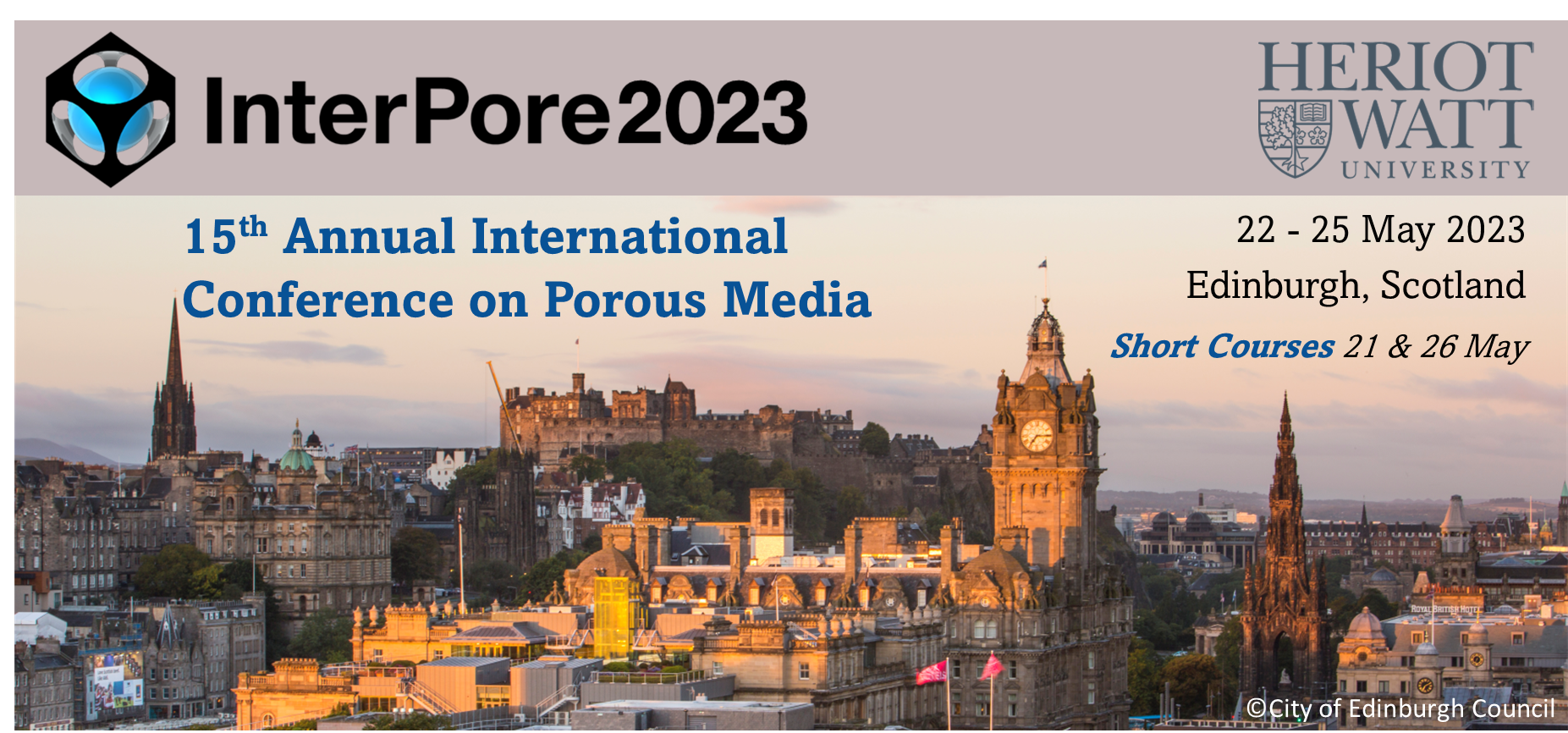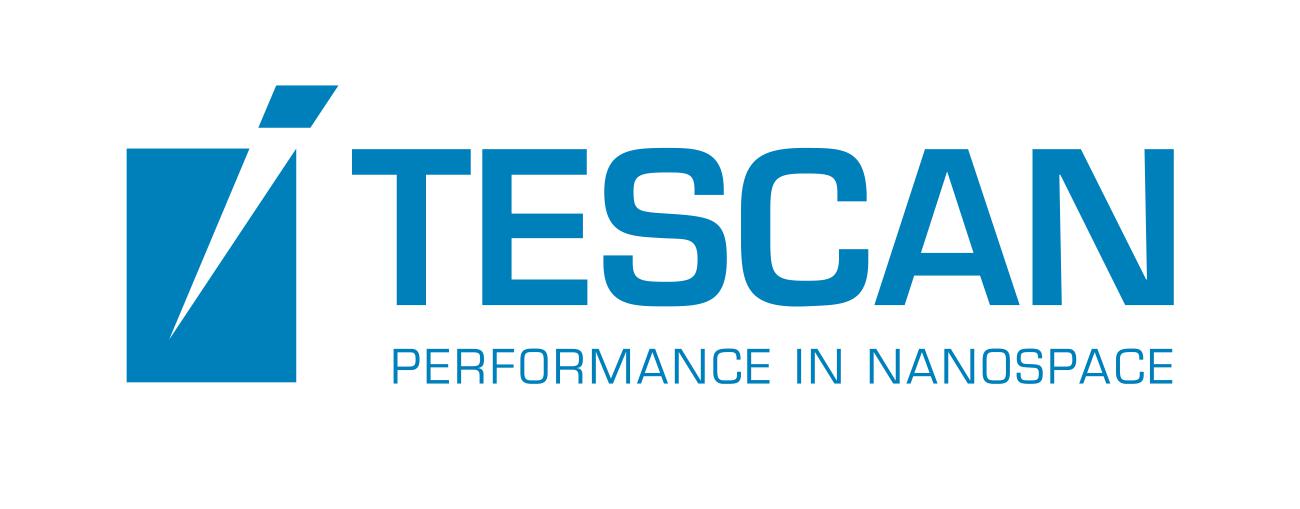Speaker
Description
Superabsorbent polymer hydrogels are a class of porous media with only two phases (solid and liquid) that have the ability to swell more than 200 times their original volume when placed in water. This feature stems from its unique structure which consists of long polymer chains linked together in a weakly cross-linked network, and the presence of hydrophilic sites along the polymer chains. During swelling, water molecules come to occupy the hydrophilic sites, resulting in an expansion of the polymer network. The cross-linking of the polymer chains, although weak, prevents the structure from breaking at high water contents and gives the hydrogel a certain rigidity. Due to the ionic nature of hydrogels, their swelling is generally accompanied by complex mechanisms involving electro-hydro-chemo-mechanical couplings [1]. When a spherical bead of dry superabsorbent polymer is immersed in water, a transient phenomenon of gel formation is observed on the surface of the bead with the appearance of lobes, then their coalescence, finally resulting to the same spherical geometry than the original bead but filled with water [2].
The MRI technique, sensitive to the presence of water molecules, is an interesting means to study the swelling of hydrogels and the associated coupling phenomena. However observing by MRI the behaviour of a hydrogel immersed in a volume of water is not an easy task because the fully swollen hydrogel contains more than 99% water. It is therefore difficult to distinguish its interface from the water in which it bathes. It is thus necessary to add a contrast agent (paramagnetic Cu2+ ions for instance) to differentiate the NMR relaxation parameters of the solution and the hydrogel [3]. But the presence of ions in solution can also significantly affect the hydrogel swelling phenomenon.
A preliminary study was carried out to evaluate the swelling of hydrogel beads (polyacrylamide) immersed in copper sulphate solutions at different concentrations. This type of hydrogel has a strong tendency to capture Cu2+ cations. This adsorption leads to additional cross-links between the polymer chains, which can greatly reduce the swelling capacity of the hydrogel. NMR images were then taken to describe the swelling kinetics of these hydrogel beads immersed in aqueous solutions of CuSO4. For this, we used an NMR spectrometer (Bruker 600 MHz Wide Bore) equipped with a micro-imaging device. These experiments allowed us to follow the swelling of the hydrogel beads over time: the formation of the gel on the surface of the polymer bead, the gradual disappearance of the solid polymer core, the appearance then the coalescence of the lobes, and the return to a spherical geometry of the water-swollen hydrogel. For the tests carried out at high concentrations (Cu2+ >1 mM), complex mechanisms are observed coupling the diffusion and adsorption of Cu2+ ions in the hydrogel. It is even possible to observe, after a first swelling phase, a second phase of shrinking associated with an osmotic drying of the hydrogel.
References
[1] C. Yu, K. Malakpoor and, J.M. Huyghe, Soft Matter, 14, 3834-3848 (2018).
[2] T. Bertrand, J. Peixinho, S. Mukhopadhyay and C.W. MacMinn, Phys. Rev. Appl., 6, 064010 (2016).
[3] W. Barros Jr., E.N. de Azevedo and M. Engelsberg, Soft Matter, 8, 8511-8516 (2012).
| Participation | In-Person |
|---|---|
| Country | France |
| MDPI Energies Student Poster Award | No, do not submit my presenation for the student posters award. |
| Acceptance of the Terms & Conditions | Click here to agree |







